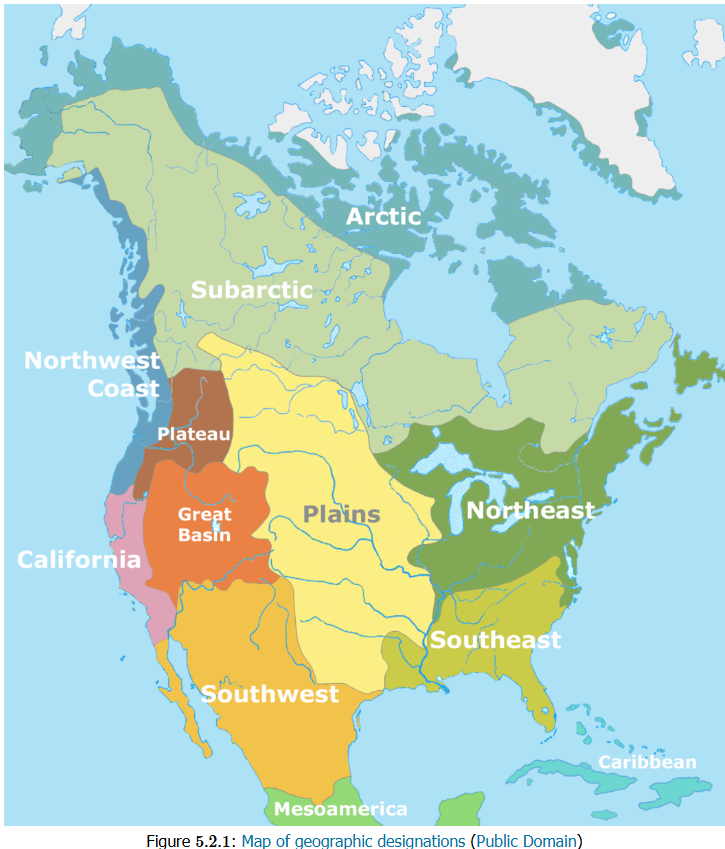What is Indigenous art in American art? The past stereotypes still prevail, images perpetuated today by media practices, educational systems, and individual perceptions. Native groups lived across North America and were as diverse in languages, traditions, rituals, and artwork as any significant population. Many cultural similarities also existed across groups. Gender had a role in each person's responsibilities; indigenous women were not limited and could obtain power. Men usually hunted, fished, and carried out warfare. Women were responsible for the household, children, and the control of agriculture. Most material things belonged to the women except hunting and war implements; she might even own the food her husband brought home. A woman could pursue multiple paths as a mother, farmer, physician, warrior, political leader, or a combination based on her choice.[1] In many tribes, property descended through the matriarchal line. The definition of property depended on tribal values. Those living in the Great Plains valued horses and moveable goods, supporting their lifestyle. Land ownership was not a consideration, as the land was for all to use. In the Pacific Northwest, oak trees were valuable property because acorns were an essential part of the diet, and women-owned specific trees passing them to their daughters.
Indigenous art in North America during the 1600s to 1800s encompasses a rich and diverse range of artistic traditions and practices. It is important to note that there were hundreds of distinct Indigenous cultures across North America, each with unique creative expression during this time. Indigenous artists in North America created intricate woodcarvings and sculptures. Totem poles, large vertical sculptures featuring symbols, animals, and ancestral figures, were prominent among Northwest Coast Indigenous peoples. Basket weaving was a widespread artistic practice among many Indigenous cultures. Native American tribes, such as the Apache, Pomo, and Cherokee, created baskets using various materials like grasses, reeds, and tree bark. Each tribe had distinct weaving techniques, patterns, and purposes for their baskets.
Indigenous peoples across North America were skilled in pottery-making. They created clay vessels for both practical and ceremonial purposes. Southwest Native American tribes like the Hopi and Acoma are known for their intricate pottery designs, often featuring geometric patterns and stylized motifs. Artisans utilized beads and porcupine quills to adorn clothing, accessories, and ceremonial items. Intricate beadwork and quillwork designs were created by tribes such as the Iroquois, Lakota, and Ojibwe. Indigenous peoples wove textiles using plant fibers, animal hair, and feathers. Navajo weavers, known for their exceptional skills, created beautiful rugs and blankets using a vertical loom and natural dyes. Artists often painted and drew on various surfaces, including animal hides, rock surfaces, and bark. These artworks depicted stories, legends, and cultural practices. The pictographic art of Plains tribes, like the Lakota and Cheyenne, is particularly noteworthy. Many Indigenous cultures used masks and other ceremonial objects for rituals, dances, and spiritual ceremonies. These objects were intricately carved and painted, representing spirits, ancestors, and mythological beings.
These are the regions we will be discussing:
Subarctic
Northeast
Southeast
Plains
Great Basin and Plateau
Southwest
Northwest Coast
California
